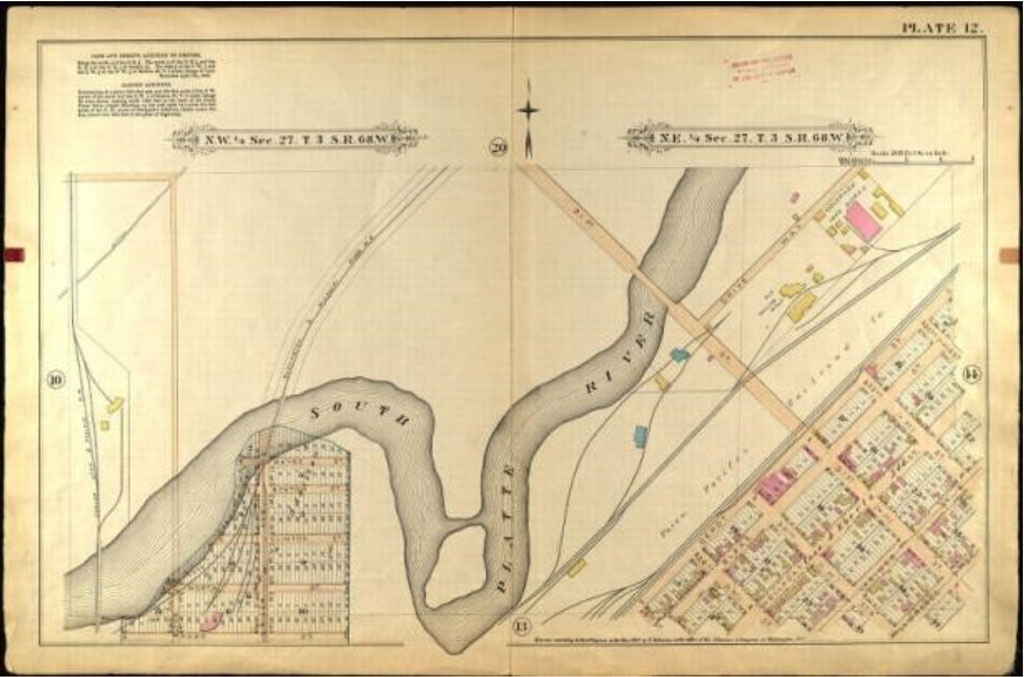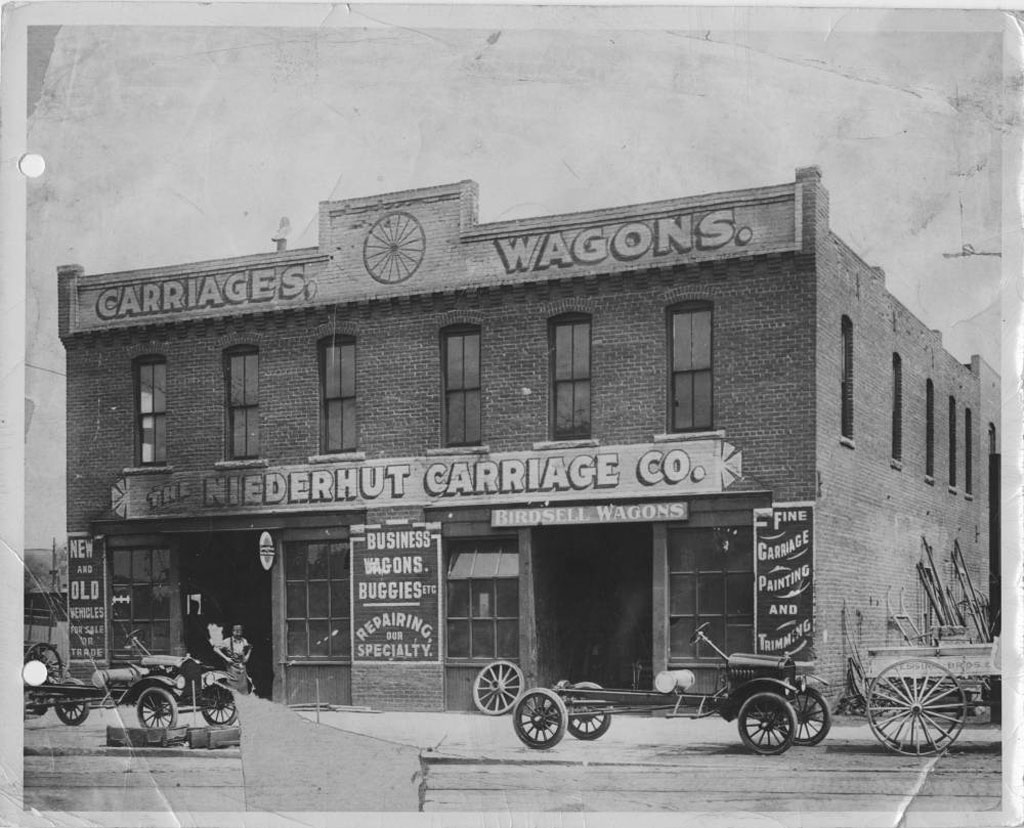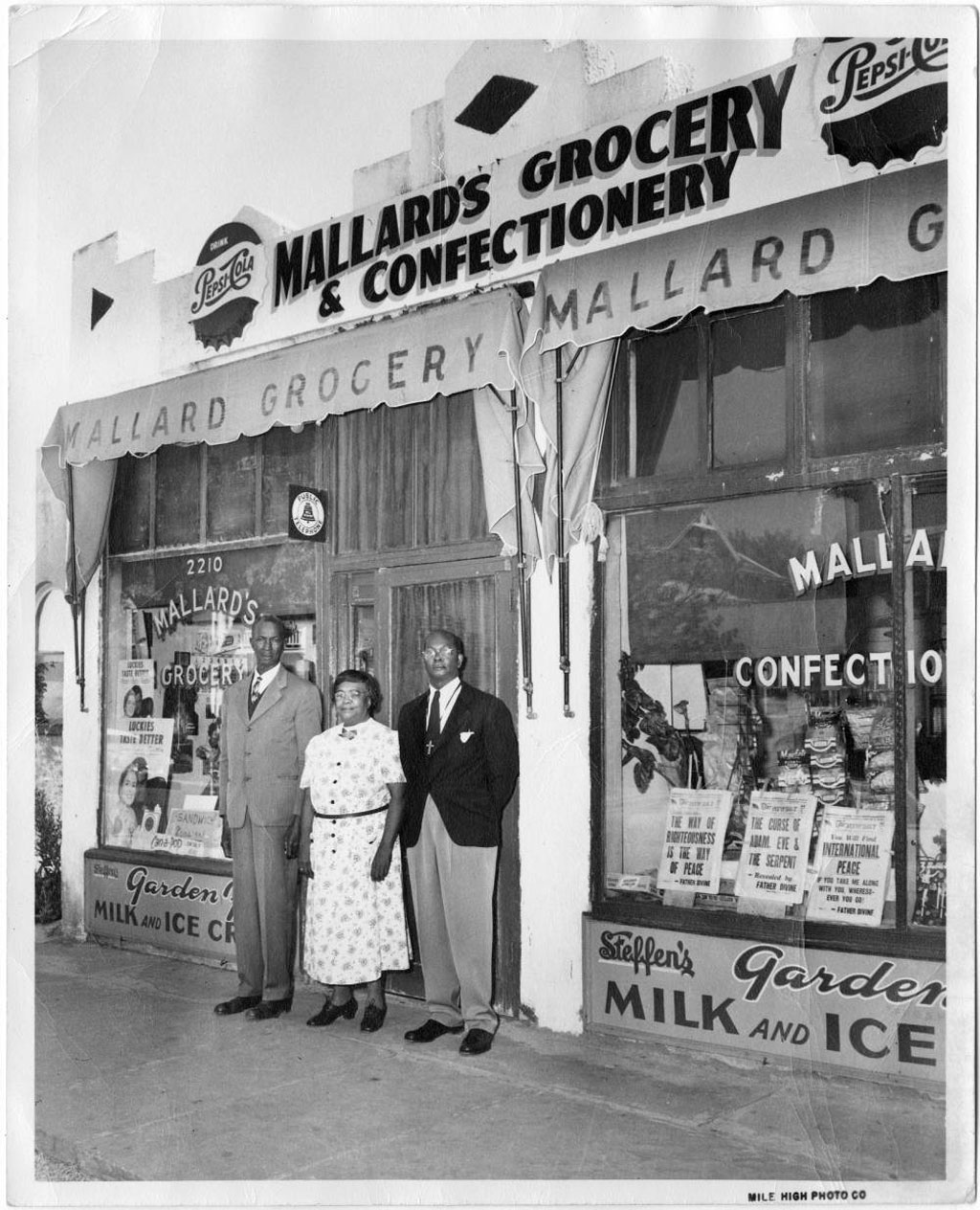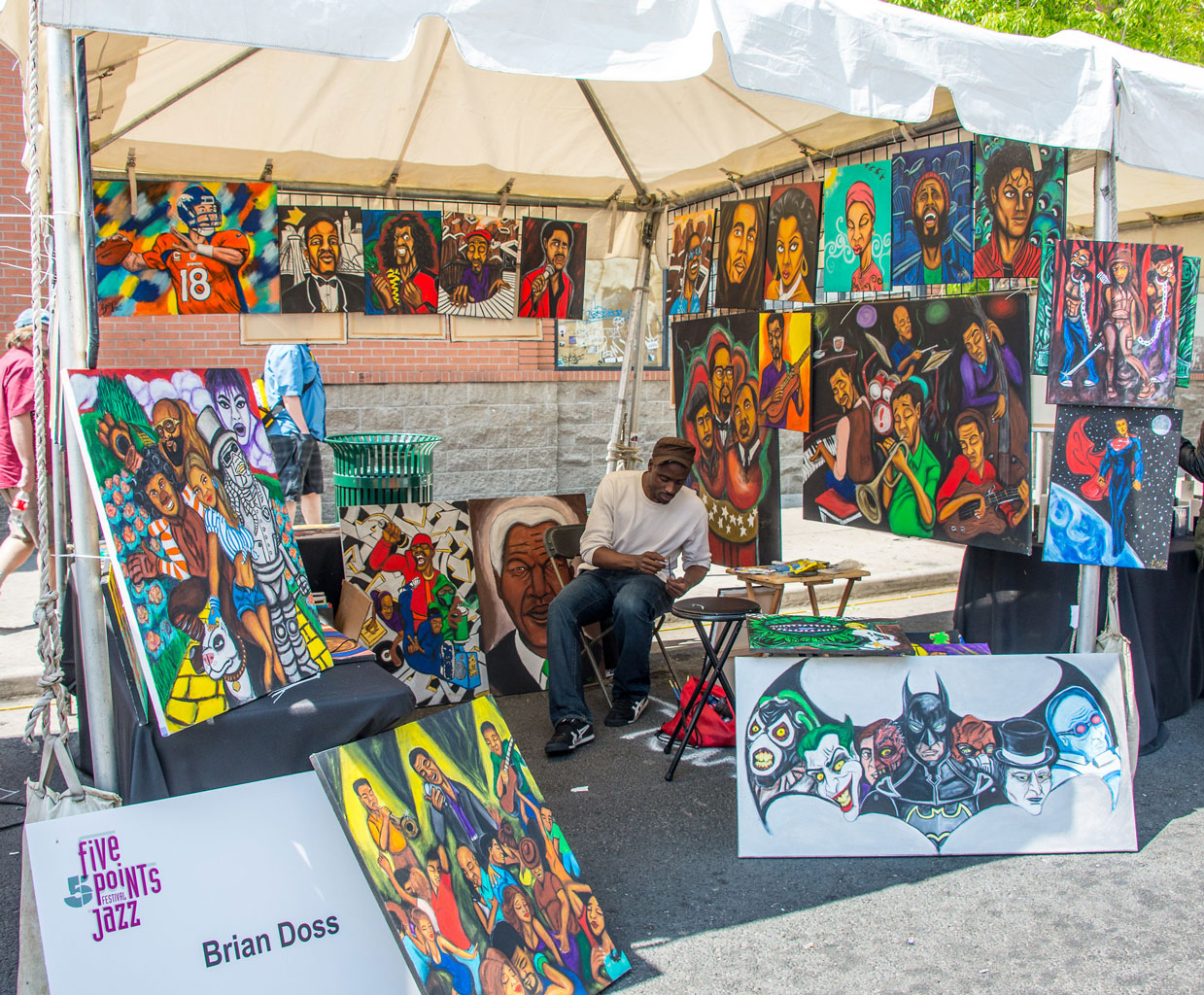On the Map: Denver’s Five Points and Whittier neighborhoods

By Sam Hinton with Lisa Schamess
Northeast of downtown Denver, the Five Points and Whittier neighborhoods are among the city’s oldest, the first to extend beyond Denver’s original Congressional Grant. As a longstanding center for African American life in Denver, as well as a hub for the Chicano Movement, these neighborhoods are a vital location in the city.
Five Points starts at 17th and Downing on the east edge and extends north along Downing to 38th Street. The Whittier neighborhood is less extensive, starting at 23rd and Downing Street and extending north until East Martin King, Jr. Boulevard. Established in the 1870s, Five Points was named after Denver’s diagonal downtown grid with a rectangular suburban grid, which meet at Washington Street, 27th Street, 26th Avenue, and Welton Street. Whittier Elementary School was named in honor of John Greenleaf Whittier (1807-1892), an American poet and abolitionist.
The neighborhoods were and still are today dynamic and multi-cultural places. Many Latinx-Americans and Asian Americans work and reside in the area. While it was always historically a home to African Americans, increasing segregation in the 1920s resulted in more than 90% of Denver’s African American residents living in Five Points or Whittier during the mid-20th century.
Throughout the 1930s, 40s, and 50s, the area was also a significant cultural and entertainment destination. The area is home to Denver’s first urban park, Colorado’s oldest Black church, and Temple Emanuel, one of the state’s oldest synagogues. Jazz also runs strongly through Five Points and Whittier’s narrative. Sometimes called the “Harlem of the West,” the area was a popular stop for jazz stars like Billie Holiday, Louis Armstrong and Miles Davis. They played clubs like the Rossonian and the Rainbow Room, and Benny Hooper’s hotel. Today, the annual Five Points Jazz Festival and Juneteenth Music Festival are renowned.
The neighborhoods have a rich entrepreneurial history. For example, the Niederhut Carriage Company was a family-run business by brothers Henry and William Niederhut for a century, and one of the largest transportation manufacturing companies in Denver.
In 1920, Dr. Clarence Holmes founded a dental practice at 2602 Welton Street and was the first African American to join the Denver Dental Society. A graduate of Howard University in Washington, DC, he otherwise lived his entire life in Denver. He was born to a family that valued civic responsibility: his mother Mary Holmes was the first African American woman to run for the state legislature. Dr. Holmes helped found the Colorado-Wyoming branch of the National Association for the Advancement of Colored People (NAACP). His early years as the first Black dentist in Denver were “rough,” he said in 1973, with obstacles put in his path by segregation, individual racism and intimidation, and white supremacist forces in professional societies and businesses serving dentists. Hear Dr. Holmes offer his oral history to the Denver Public Library in 1973 (Content Warning: frank use of racist terminology).
Reverend David West Mallard owned multiple businesses including Mallard’s Grocery and Confectionery. Other notable businesses included Rice’s Tap Room and Oven, The Rhythm Records and Sporting Goods Shop, the American Woodmen’s Insurance Company, and Melvina’s Beauty Shop.


Today, many descendants of the original Black residents no longer live in Five Points. Efforts to bring new life to the community have included a new urban rail line and the renovation of the Rossonian Hotel. These changes, however, have also accelerated gentrification, Nonetheless, the Five Points and Whittier remain an important touchpoint for Black and Latinx communities. The neighborhoods host many artists and are the center of several lively mural projects depicting their history and culture, such as La Serpienta Dorada and the Five Points Mural Gallery.

Learn more:
The neighborhood Business Improvement District hosts a self-guided, self-paced walking tour of Five Points. Five Points Plus is a museum and online exhibit that showcases the human stories and collective memory of living, working, and growing up in Five Points. Developed in partnership with the Black American West Museum and Heritage Center along with Five Points community members and supported by the Blair-Caldwell African American Research Library (Denver Public Library) and Manual Highschool. Prepare for your visit by finding out about the Black-owned and other businesses in the area.
This article was prepared using sources from Denver.org and the Denver Public Library.
DOI: 10.14433/2017.0126


